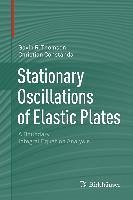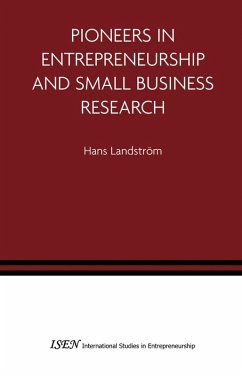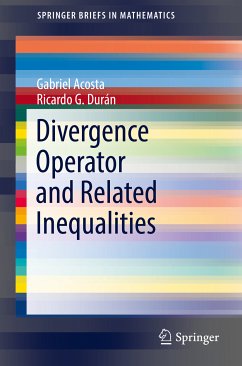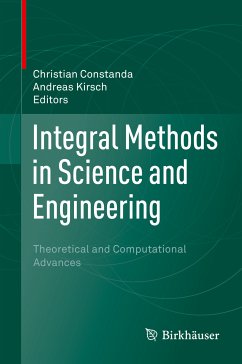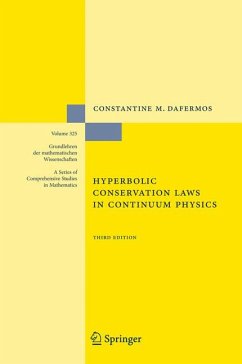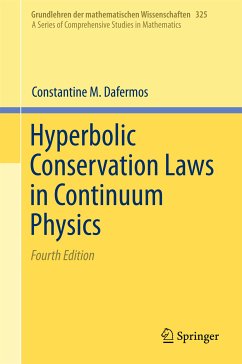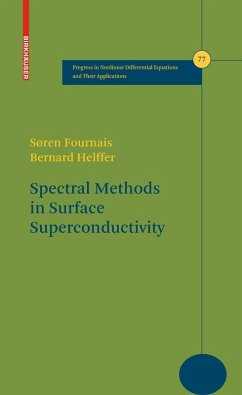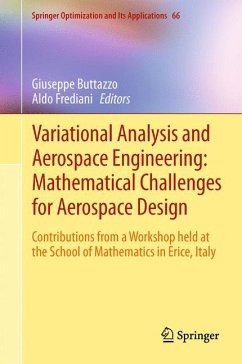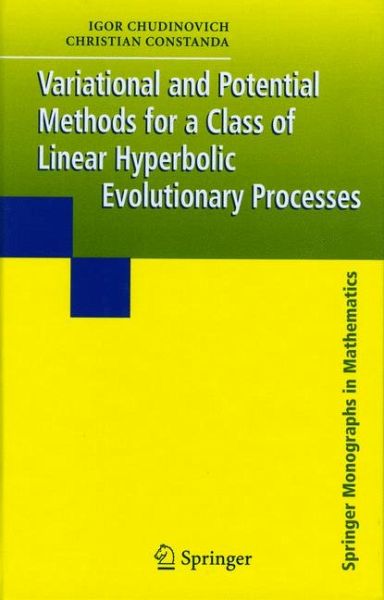
Variational and Potential Methods for a Class of Linear Hyperbolic Evolutionary Processes (eBook, PDF)
Versandkostenfrei!
Sofort per Download lieferbar
40,95 €
inkl. MwSt.
Weitere Ausgaben:

PAYBACK Punkte
20 °P sammeln!
The book presents variational methods combined with boundary integral equation techniques in application to a model of dynamic bending of plates with transverse shear deformation. The emphasis is on the rigorous mathematical investigation of the model, which covers a complete study of the well-posedness of a number of initial-boundary value problems, their reduction to time-dependent boundary integral equations by means of suitable potential representations, and the solution of the latter in Sobolev spaces.The analysis, performed in spaces of distributions, is applicable to a wide variety of d...
The book presents variational methods combined with boundary integral equation techniques in application to a model of dynamic bending of plates with transverse shear deformation. The emphasis is on the rigorous mathematical investigation of the model, which covers a complete study of the well-posedness of a number of initial-boundary value problems, their reduction to time-dependent boundary integral equations by means of suitable potential representations, and the solution of the latter in Sobolev spaces.
The analysis, performed in spaces of distributions, is applicable to a wide variety of data with less smoothness than that required in the corresponding classical problems, and is very useful for constructing error estimates in numerical computations. The presentation is detailed and clear, yet reasonably concise. This illustrative model was chosen because of its practical importance and some unusual mathematical features, but the solution technique developed in the book can easily be adapted to many other hyperbolic systems of partial differential equations arising in continuum mechanics.
The analysis, performed in spaces of distributions, is applicable to a wide variety of data with less smoothness than that required in the corresponding classical problems, and is very useful for constructing error estimates in numerical computations. The presentation is detailed and clear, yet reasonably concise. This illustrative model was chosen because of its practical importance and some unusual mathematical features, but the solution technique developed in the book can easily be adapted to many other hyperbolic systems of partial differential equations arising in continuum mechanics.
Dieser Download kann aus rechtlichen Gründen nur mit Rechnungsadresse in A, B, BG, CY, CZ, D, DK, EW, E, FIN, F, GR, HR, H, IRL, I, LT, L, LR, M, NL, PL, P, R, S, SLO, SK ausgeliefert werden.



